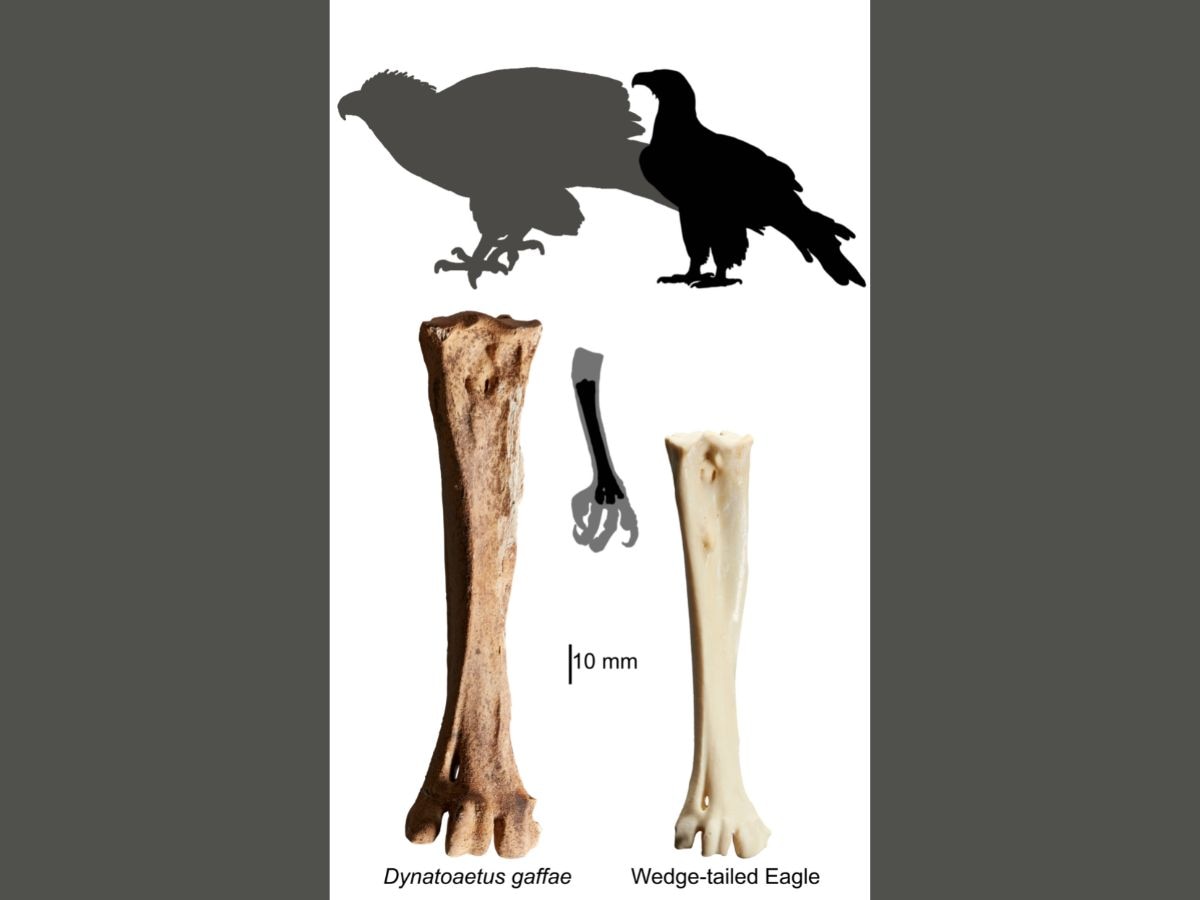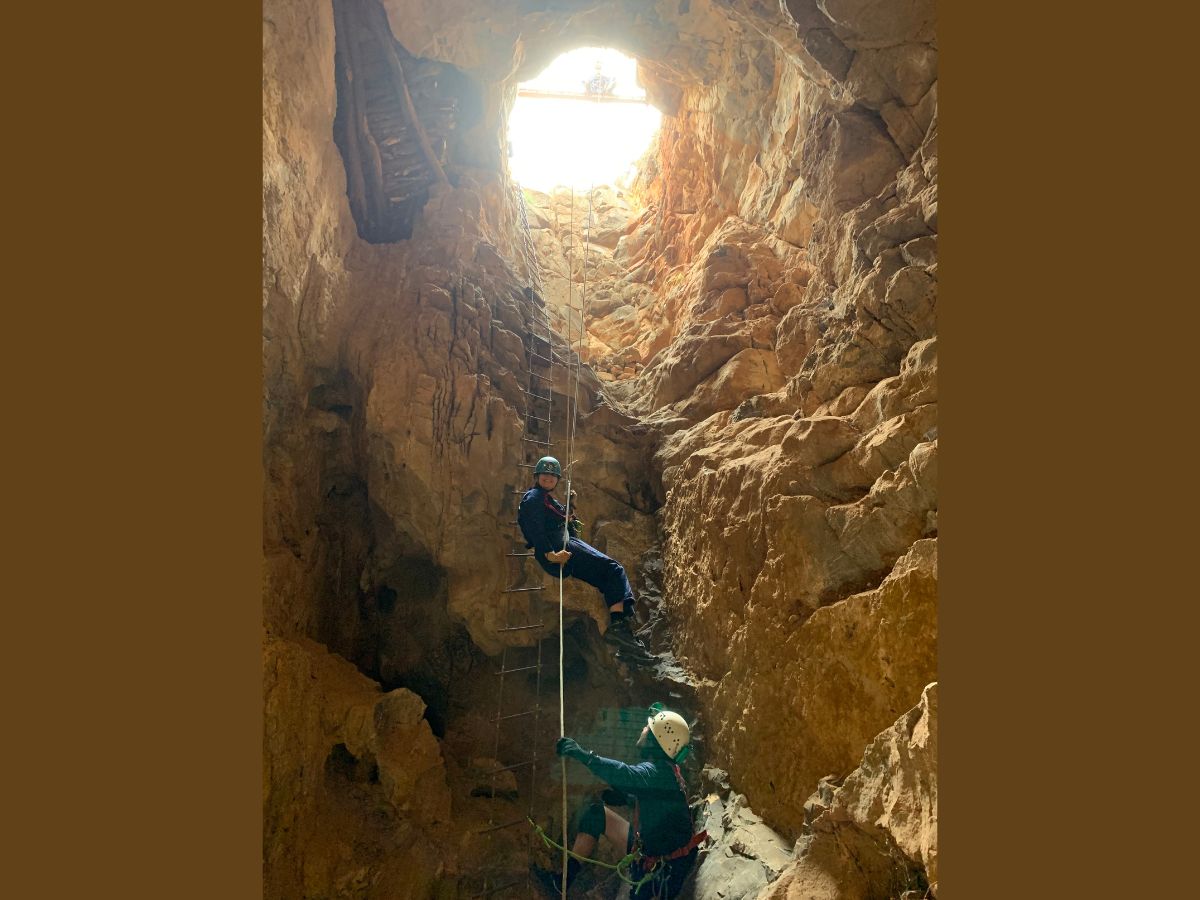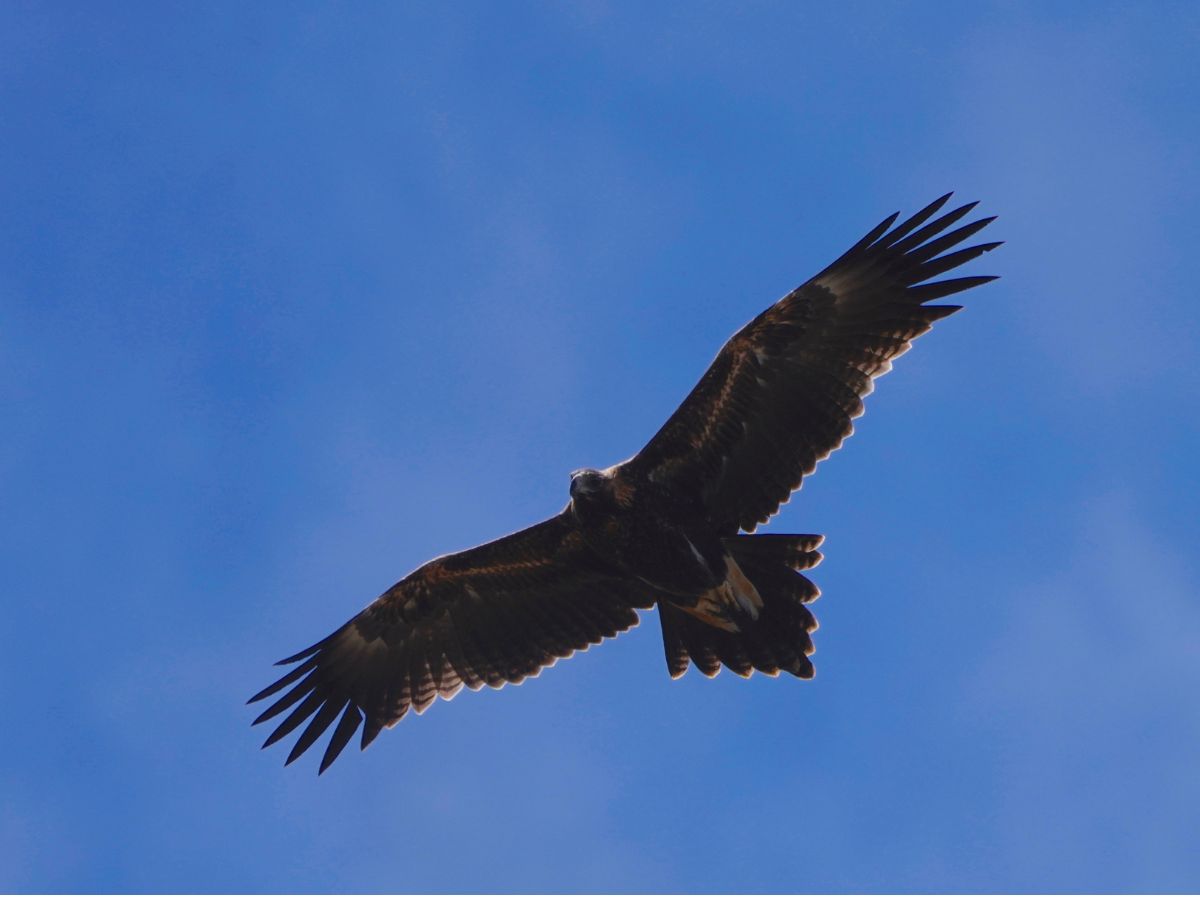Scientists Identify Giant Eagle That Fed On Kangaroos And Koalas Lakhs Of Years Ago
The species of eagle, Dynatoaetus gaffe, was the largest eagle known to have existed in Australia, and the third largest in history.

Around 700,000 to 50,000 years ago, a giant eagle with very strong legs and feet lived in Australia, preying on animals that may have been larger than itself. This could have included koalas and small kangaroos, scientists have now found.
This species of eagle, Dynatoaetus gaffe, has been newly described in the Journal of Ornithology. Although its remains were partially discovered more than 60 years ago, it was only after more parts of its skeleton were found in 2021 that scientists of Flinders University could identify it as a new species.
Australia's largest, third largest in world history
Dynatoaetus gaffe was not the largest eagle known to have existed (it was the third largest in history), but it was larger than any eagles that still exist.
"The largest living eagles are the Harpy Eagle of South America and the Philippine Eagle - the few measurements I have from these species show that our Dynatoaetus specimens range from being similarly sized, to up to 15-19% larger," the study's corresponding author, Dr Ellen Mather, told ABP Live in an email.

"However," she added, "this is from a very small sample size and assumes that the relative wing and leg proportions are similar between these eagles. A larger sample size from all three species will be needed to determine the average size differences more accurately."
Dynatoaetus gaffe co-existed with the wedge-tailed eagle, which is the largest eagle in Australia surviving today. With a wingspan of three metres, Dynatoaetus gaffe was twice as large as the wedge-tailed eagle. It was thus the largest eagle known to have existed in Australia.

Among all eagles, living and extinct combined, only two extinct species are known to have been larger than Dynatoaetus gaffe. One was Gigantohierax suarezi of Cuba, and the other was the giant Haasts eagle (Hieraaetus moorei) which lived in New Zealand.
"Hieraaetus moorei and Gigantohierax suarezi are thought to have been of similar size, with female H. moorei known to have potentially reached a weight of 13-15 kg. Based on measurements from fossil specimens, Dynatoaetus gaffae would have matched a male H. moorei in size, but would have been up to 20% smaller than the largest females," Mather said.
The discovery
The first remains of Dynatoaetus gaffe were found in 1959. In Mairs Cave in the southern Flinders Ranges, scientists found fossils that included a claw and part of a wing bone.
Over a decade later, another team found more fossils in the same cave. These included another talon and part of a large breastbone from the same large eagle.
In December 2021, the team behind the latest research travelled to the cave. They found a partial skeleton, including leg and wing bones, and a skull. From these, they were able to describe the new species.

Subsequently, the researchers were able to identify other fossils of Dynatoaetus gaffe from caves in South Australia and New South Wales. These suggest that this species was widespread across most of southern Australia.
What did it feed on?
The researchers looked at Dynatoaetus gaffe’s relation to other eagles. It had no close relatives among any modern Australian eagles, but it was related to the serpent-eagles of south Asia and Africa. Most serpent-eagles hunt snakes and other reptiles, but they are much smaller than Dynatoaetus.
One species of serpent eagle that is an exception is the Philippine eagle, which is very large. Although it is a serpent-eagle, it primarily feeds on monkeys, birds, and sometimes even young pigs or deer.
The researchers noted that like the Philippines eagle, Dynatoaetus too had robust legs and feet.
“The leg bones of Dynatoaetus were extremely robust, which indicates that they were very strong. Nearly all eagles with a similar morphology primarily prey upon large animals relative to their own size, which leads us to believe that Dynatoaetus did the same. Hieraaetus moorei preyed upon the giant moa birds of New Zealand, and even modern wedge-tailed Eagles in Australia will occasionally hunt kangaroos,” Mather said.

“Based on this, the likely prey of Dynatoaetus would have included young or sickly individuals of the many kangaroo species and the giant flightless bird Genyornis newtoni that lived at the same time. Dynatoaetus could also have targeted animals like koalas and possums living in the treetops, much like how the modern Harpy Eagle is known to hunt sloths and the Philippine Eagle hunts monkeys and flying lemurs,” she said.
During their trip to the cave in 2021, the researchers recovered bones of short-faced kangaroos, wombats, bettongs, bandicoots, possums and even koalas.






































